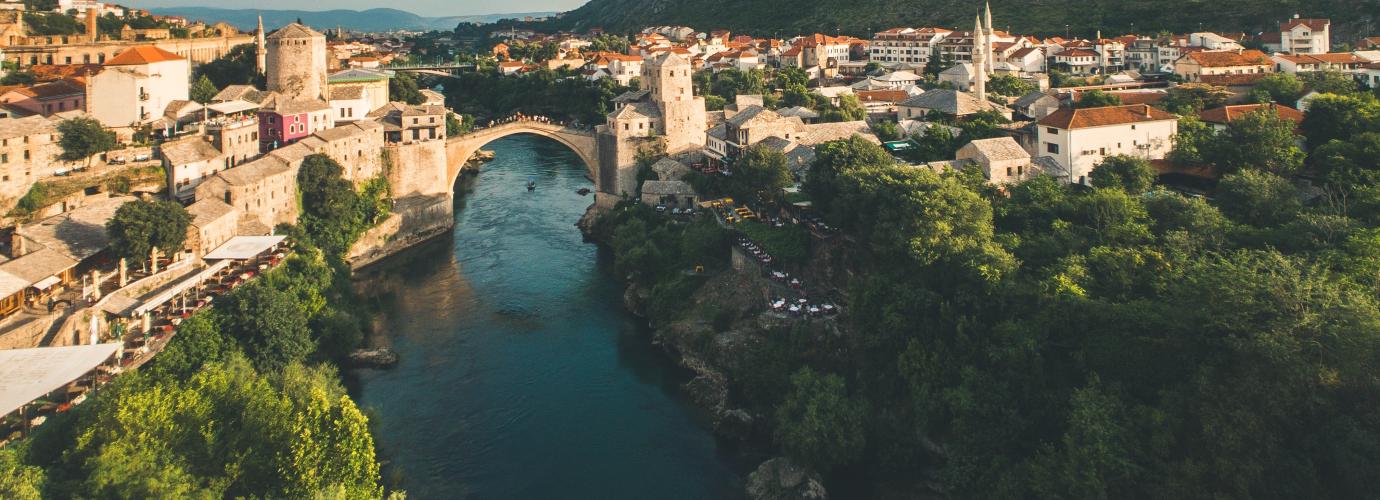Curriculum, subjects, number of hours
Secondary education programs are realized on the basis of the curriculum. The curriculum and curriculum determine:
a) the purpose of the program,
b) the aim of the program,
c) teaching subjects and contents,
d) duration and basic forms of program execution,
d) number of classes,
e) number of classes for each subject and
f) didactic conditions for the execution of the program.
In the development of curricula, the focus is on attaining defined goals, learning outcomes and occupational standards. The curriculum determines the direction for gymnasium, as follows: general direction, socio-linguistic direction, natural-mathematical direction and computer-informatics direction. Compulsory general education subjects and professional-theoretical subjects have been determined by the curriculum for grammar schools.
General education subjects and professional-theoretical subjects are presented with weekly and annual number of lessons in accordance with the Curriculum for each course and class.
Teaching and other forms of educational work are realized in two semesters. In the first semester the classes begin on the first Monday of September.
In the school year, students have: a winter holiday that lasts three weeks, a spring break lasting one week and a summer break from the end of the second semester to the beginning of the next school year.
The school may deviate from the adopted school calendar only for justified reasons and with the approval of the Ministry. The school is obliged to realize the envisaged teaching fund in the volume of not less than 95%.
Daily student load is regulated by schedule and can not be more than 30 hours per week. The duration of the theoretical lessons, exercises and practical classes at the school lasts 45 minutes.
Teaching methods and materials
The curriculum contains compulsory, elective and optional forms of educational work. Compulsory forms of educational work are:
a) theoretical teaching,
b) vocational-theoretical instruction,
c) practical classes and exercises,
d) elective classes,
e) the time of the departmental community,
f) additional classes,
g) additional classes i
h) Practice and practical work when defined by the curriculum.
Obligatory forms of educational work for a regular student who are referred to the correctional, class exam and extraordinary students are:
a) preparatory classes,
b) Practical instruction i
c) consultative and instructive work.
Additional lessons are provided for students who achieve exceptional results and show openness to acquiring new knowledge.
It provides secondary school education with students who are lagging behind in mastering programs from individual teaching areas.
Optional teaching is:
a) teaching the languages of nationalities with elements of national culture,
b) teaching a second foreign language in schools where students study a foreign language in vocational schools and a third foreign language in gymnasiums and in schools where students learn two foreign languages and
c) Teaching from subjects necessary for further education, vocational training or student development.
Optional forms of educational work are compulsory for students who are determined for them.
Elective classes are selected by students at the end of the third grade of the current school year from the list of elective classes.
The list of elective courses is defined in the curriculum.

